There have been at least two cameras called a Canonet 28. The first was a very basic viewfinder camera with a selenium cell. This is the second one, sometimes called the ‘New 28’. It is a rangefinder camera, launched in 1971 as a cheaper alternative to the Canonet QL17. It features a 40 mm f/2.8 lens and programmed automatic exposures. For flash, the camera can be taken off ‘A’ and set to a particular aperture. When it is out of Auto mode the shutter will fire at 1/30 second.
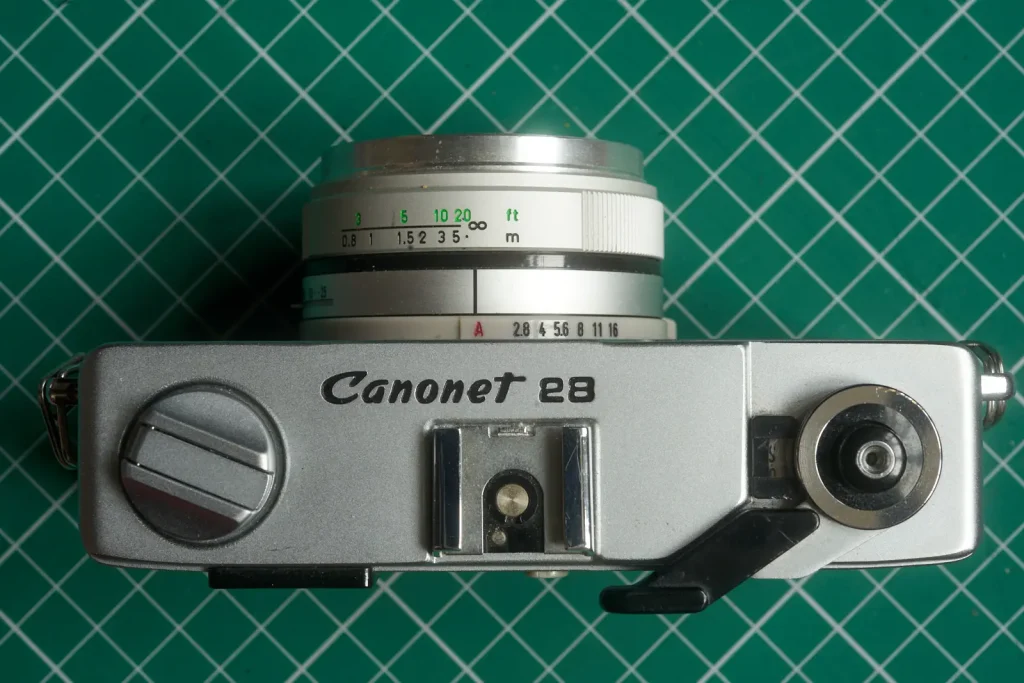
Unimpressive?
Screws around the body of the Canonet 28 are not inset. The ring controlling auto and the aperture settings is a fairly disappointing grade of plastic. The wind on lever is the standard Canonet one of the time, which is not elegant. The shutter release is fairly heavy. This is typical for a Canonet and may be why Canon made the shutter releases wider with a plastic collar. The focusing ring (in aluminium) is ridged for grip, but does not feature a focusing tab. The satin trim that the focusing scale lines up against is a flat strip of metal, held by two exposed screws under the lens housing. ISO range is limited to 25-400. All quite unimpressive.
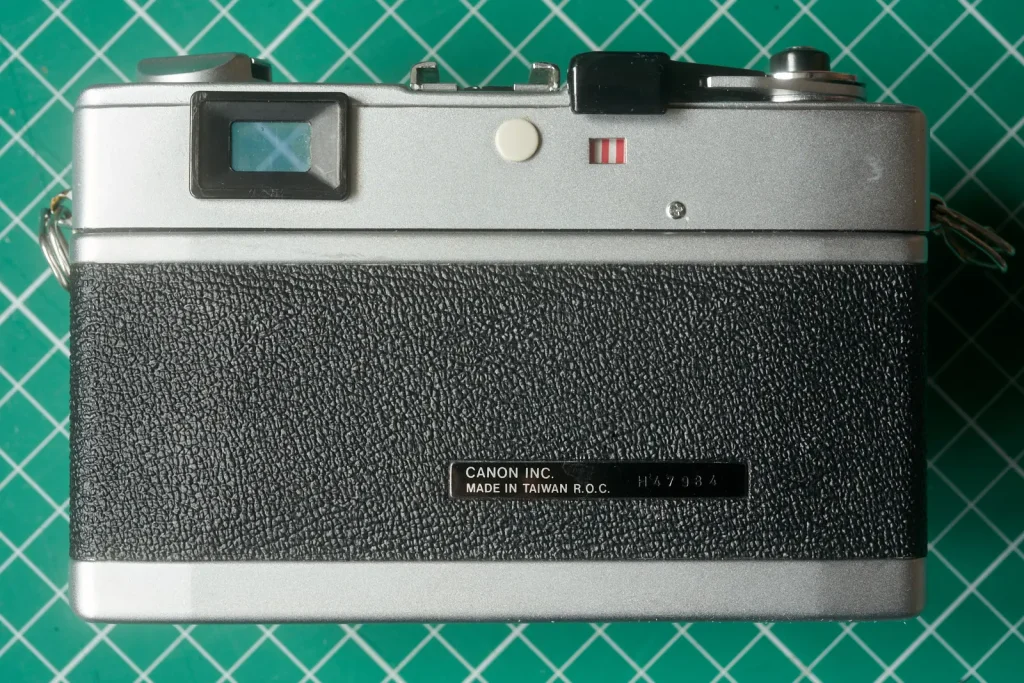
The upside
But – the Canonet 28 wears its faults on its trim. Look inside and you see some very well laid-out and well-built innards. This points to a rather practical little camera.
The px675 battery sits under a plastic door in the base, it is easy to change the battery without recourse to a low-denomination coin and it even features a little plastic strip to aid in hooking the old battery out. Then there is the viewfinder. It features:
- a rather neat and effective rangefinder mechanism,
- a good exposure scale showing shutter speed and aperture combinations in the viewfinder,
- quite acceptable frame lines with parallax marks and
- a clear rangefinder patch.
As I found out when doing a strip down for a previous 35mmc article, it also gives easy access to adjustments for vertical alignment of the rangefinder.
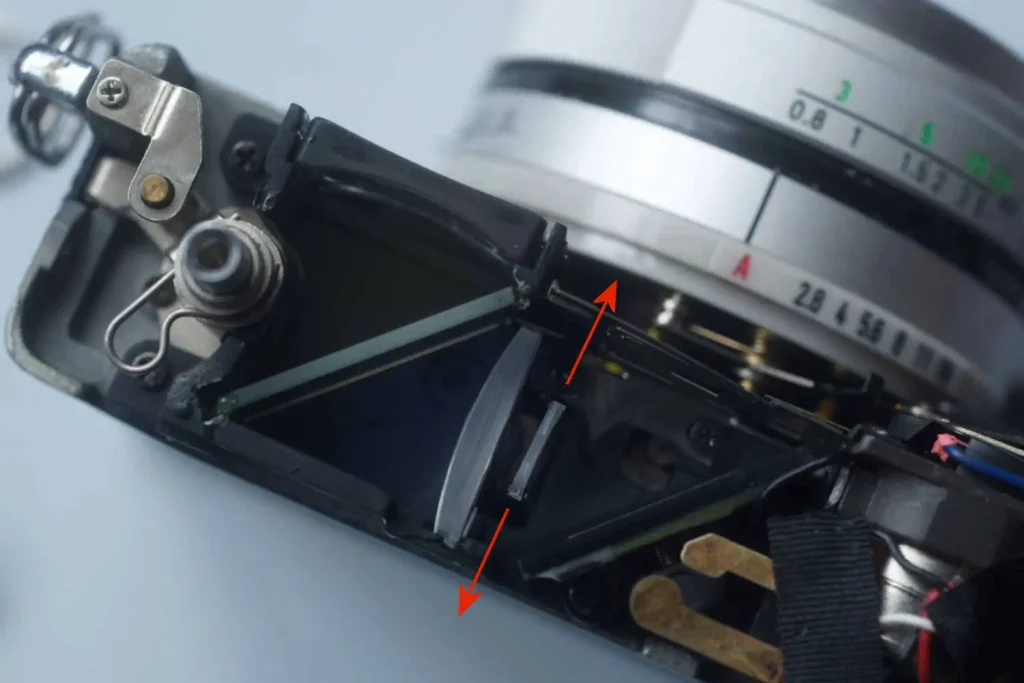
The focus throw on the Canonet 28 is short, but very effective. The rangefinder base is perfectly adequate and comparable with many contemporary rangefinder cameras with faster lenses. The Canonet 28 has an indicator on the back of the top-plate to give reassurance that the film is travelling across the gate. In addition the rear door seems to wrap around sufficiently that I wasn’t worried at all about the light seals. Film advance is nice and smooth too.
Pictures
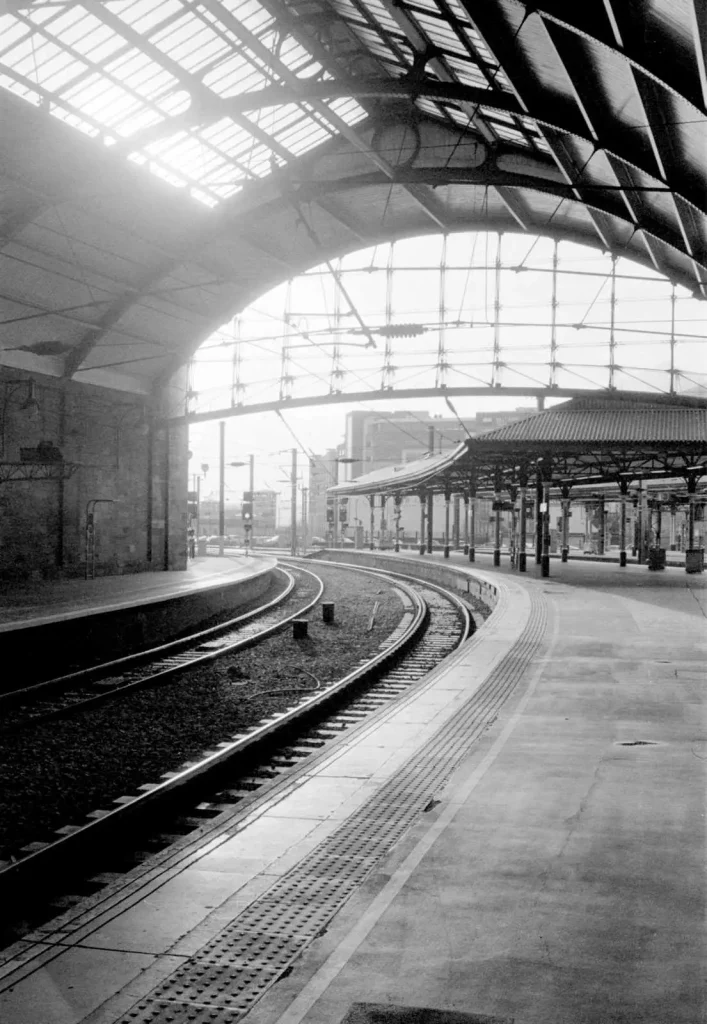
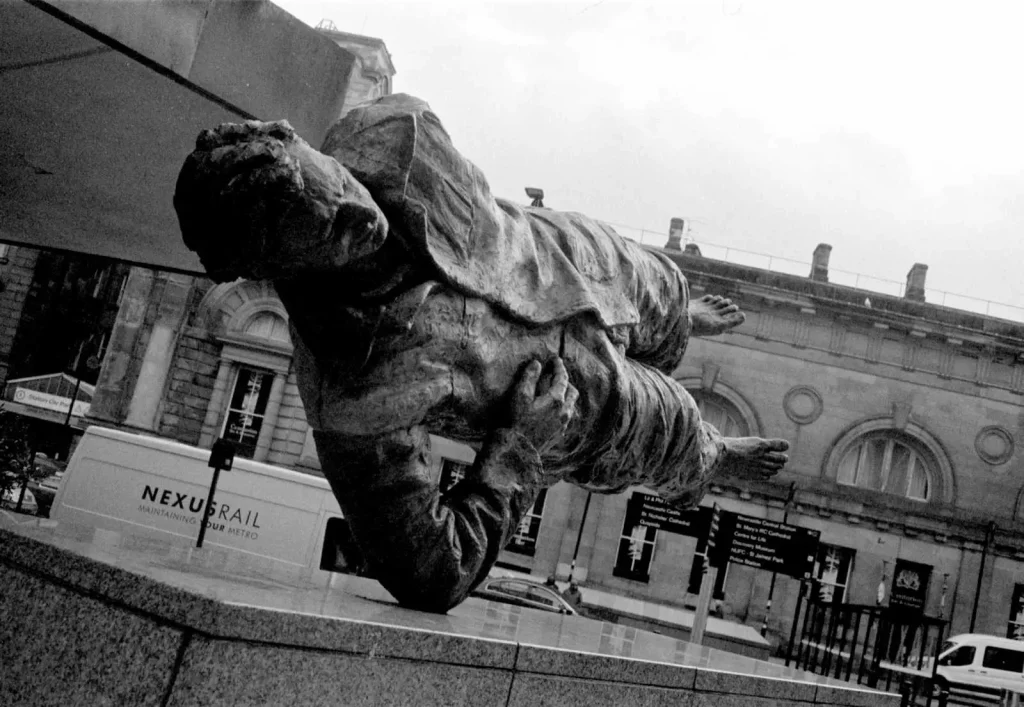
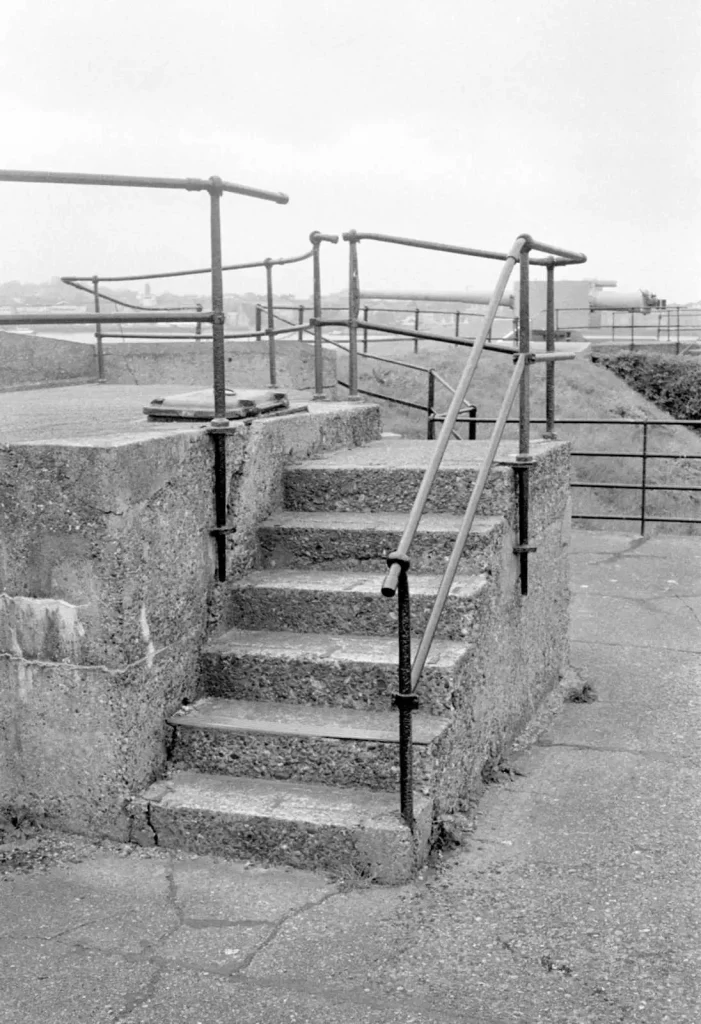
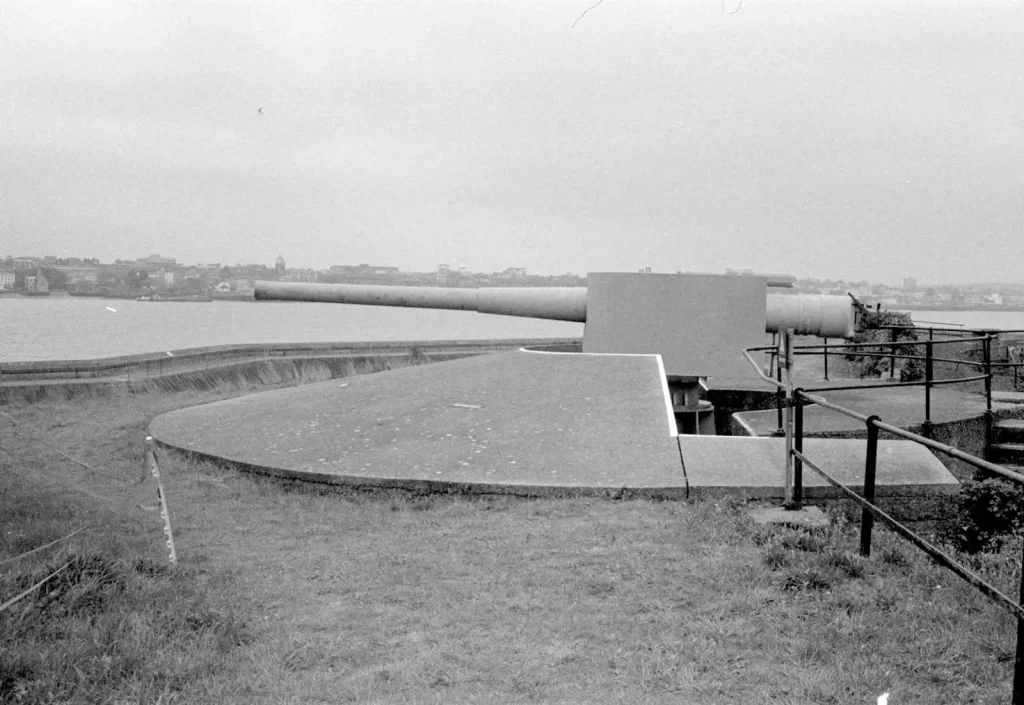
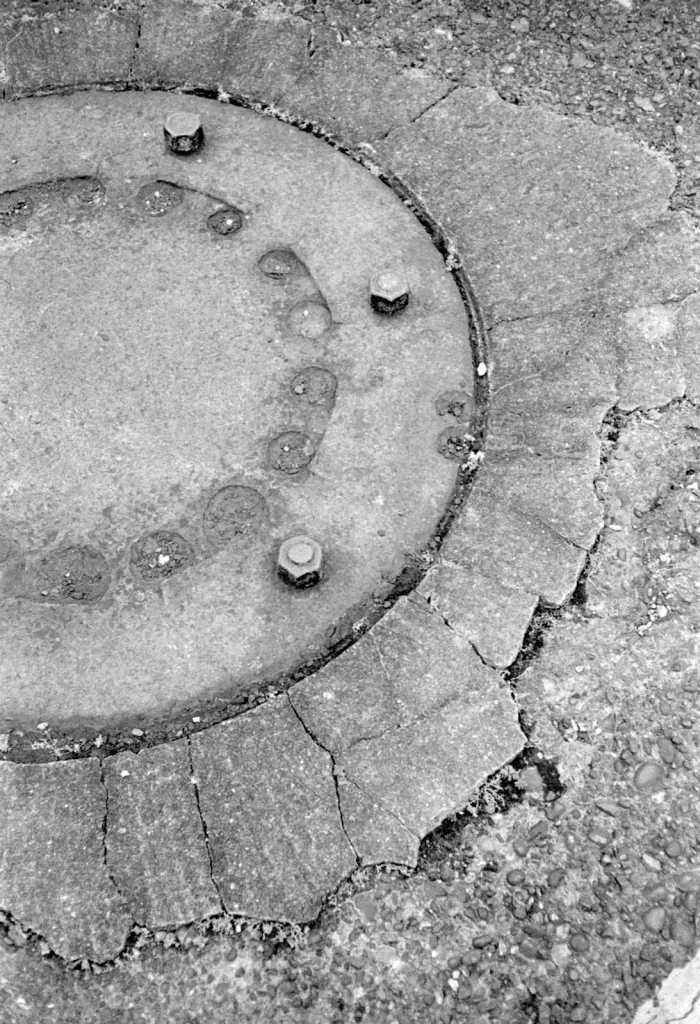
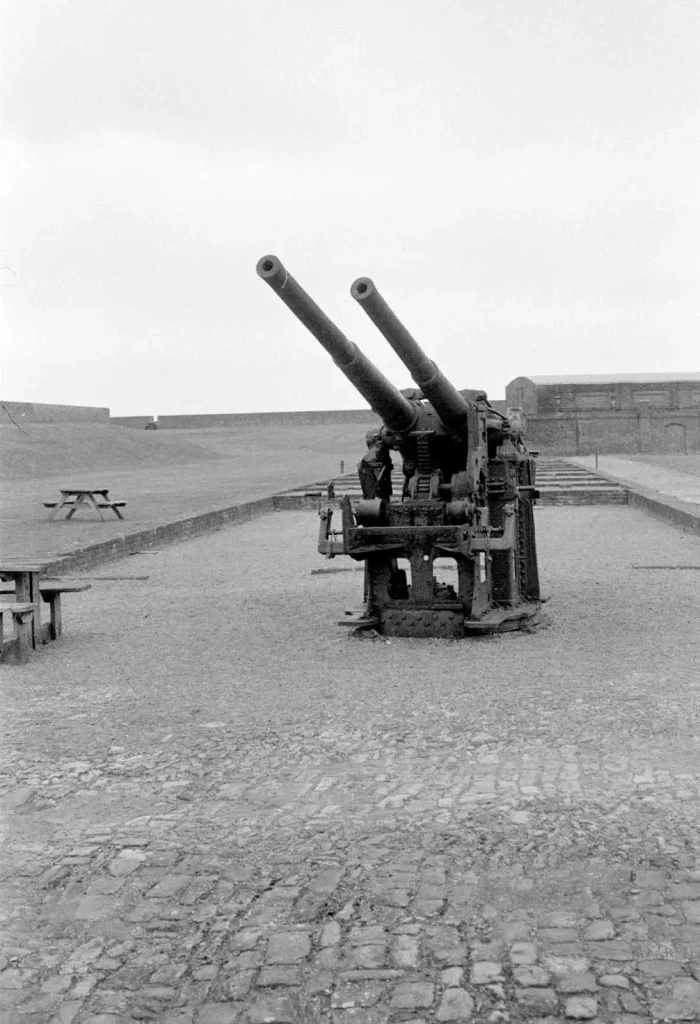
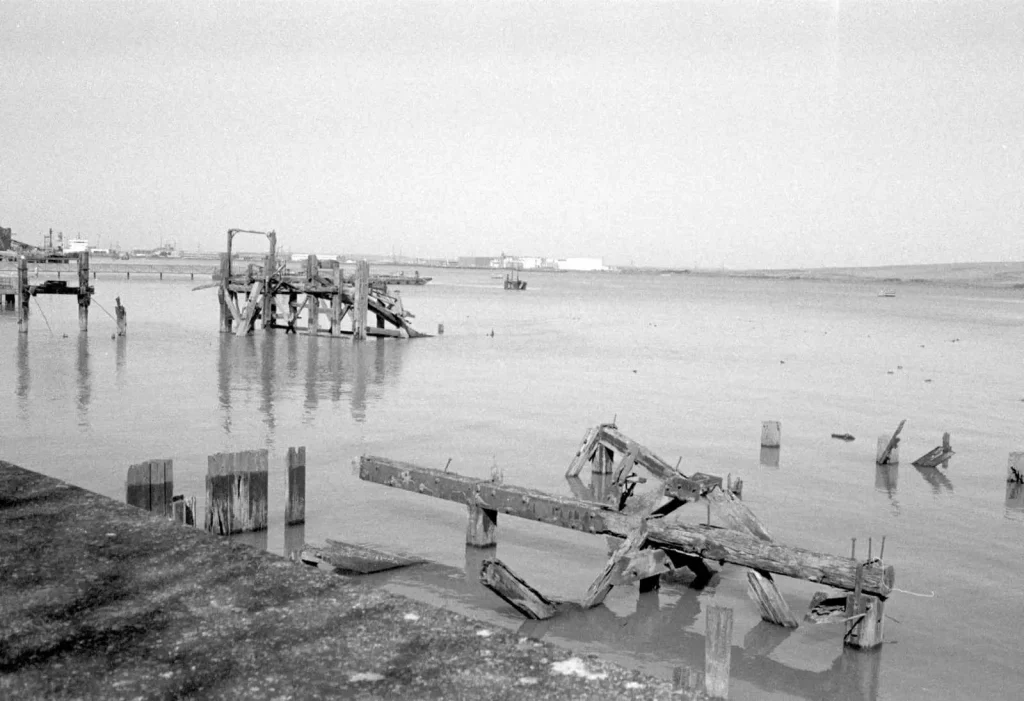
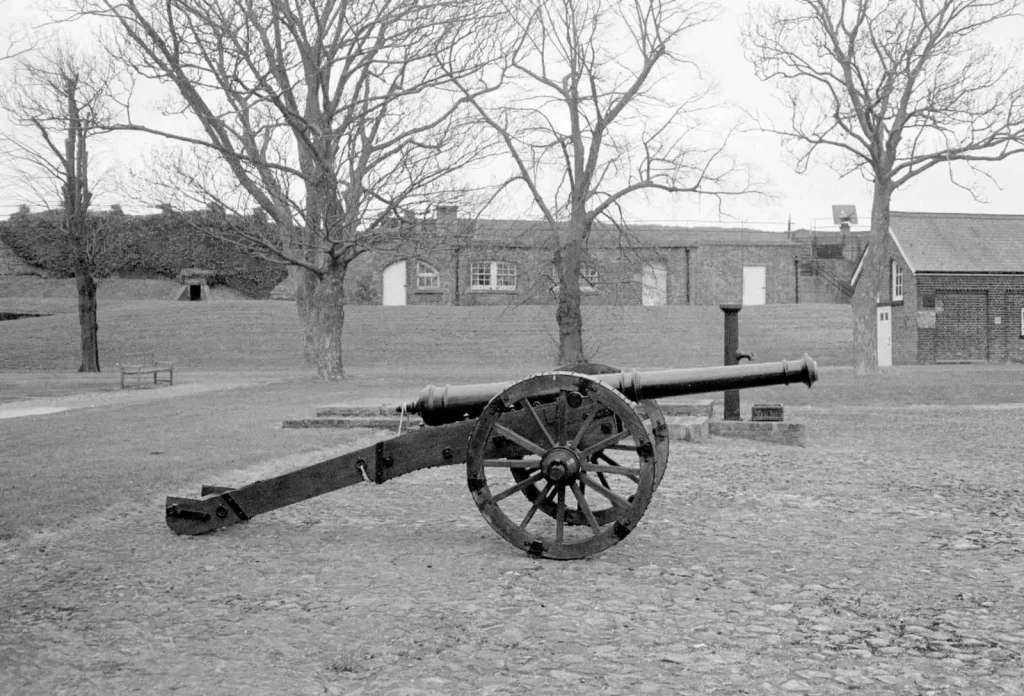
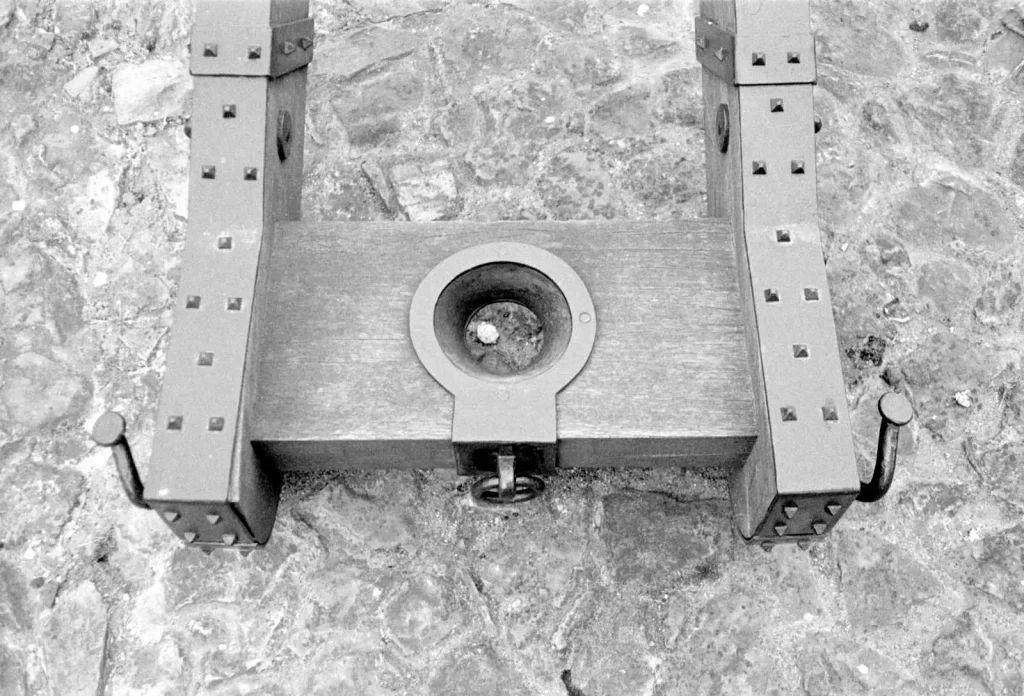
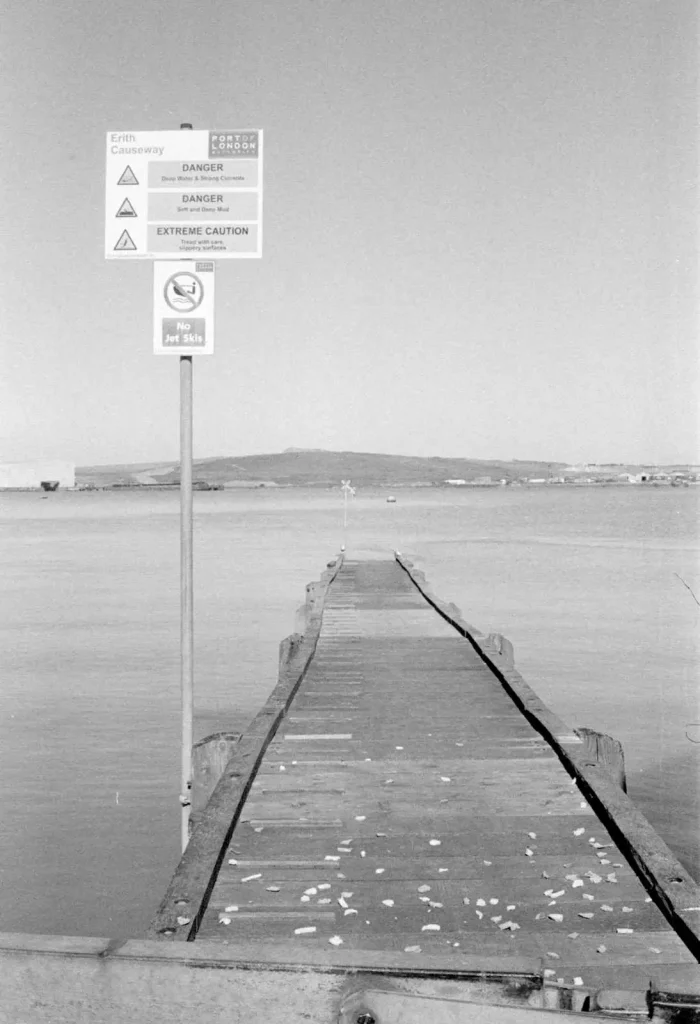
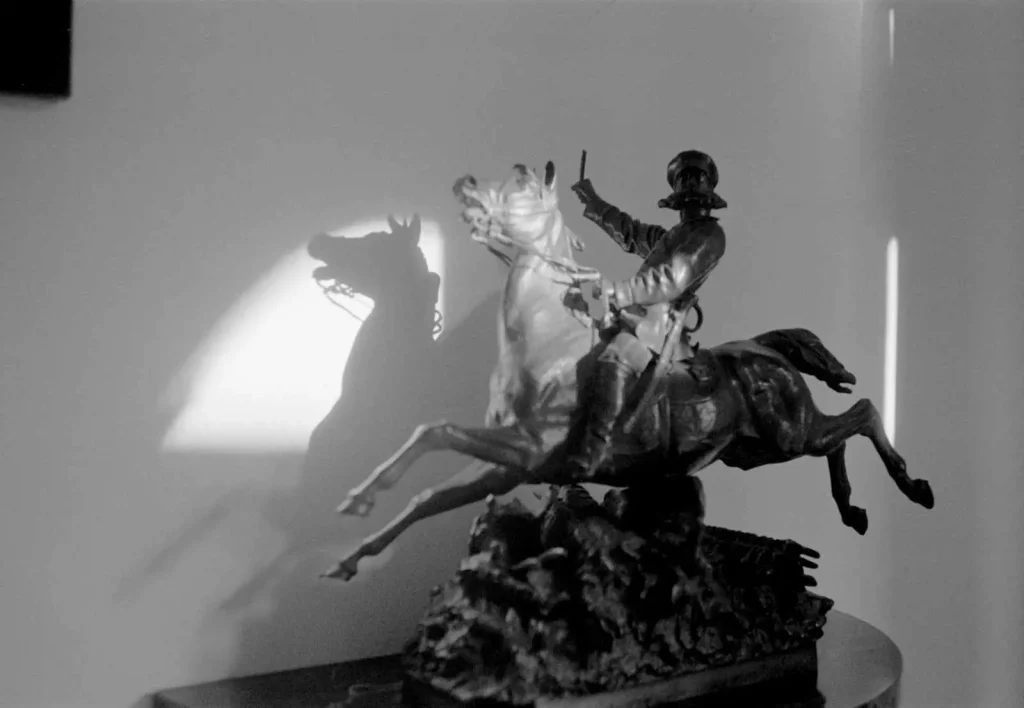
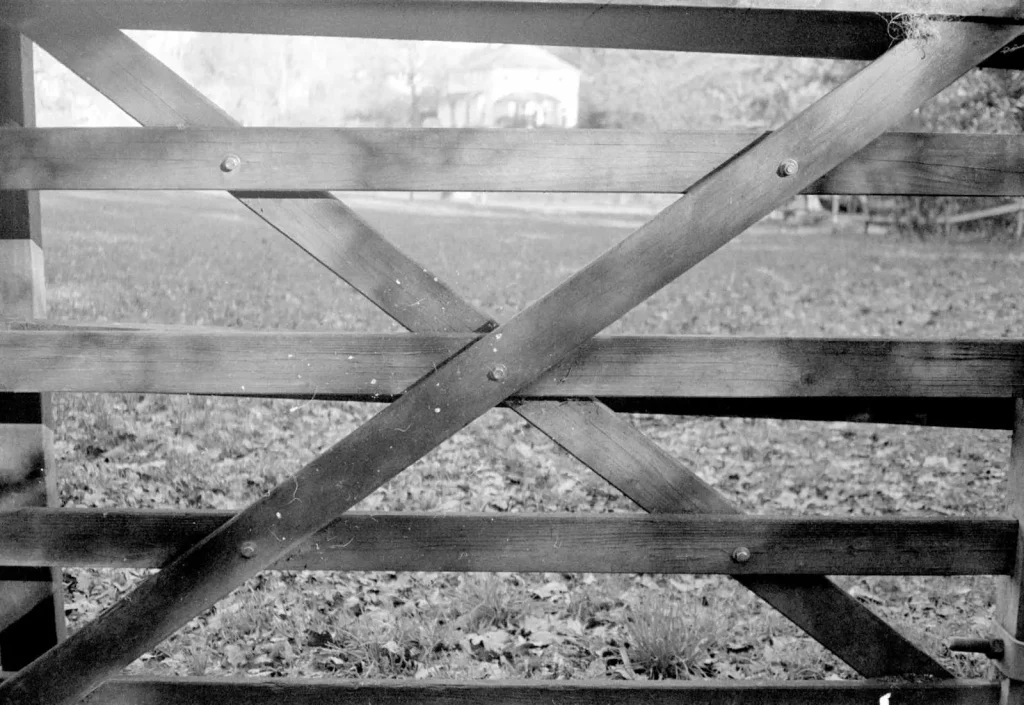
Conclusion
On the whole, the Canonet 28 is a very capable little camera. The flashiest thing about it is the Canon logo on the front. Everything else appears quite modest, from the satin chrome finish to the made in Taiwan plate on the back. When you look at it, you start to be quietly impressed by the build and the practicality. It even does up to 1/600 exposures, which is quite nice and high for a leaf shutter (OK, so because it is a combined shutter and aperture the shutter is only having to open up to f/16 but it is reasonably impressive all the same). It lacks a shutter lock, but given that it won’t take pictures if the exposure is below 1/30 at f/2.8, all you need to do is put a lens cap on it, or slip it in a pocket.
The thing about the Canonet 28 is that it is pocketable. It is also not precious. It is expendable, so you are more likely to carry and use it in hostile environments. You might just get shots with this camera that you wouldn’t get or wouldn’t risk otherwise.
This is never going to be the most desirable Canon camera, but it has my respect, not least for its lack of pretension. It has emphasised for me that there is a difference between quality of build and design (which this camera has in spades) and finish.
Share this post:
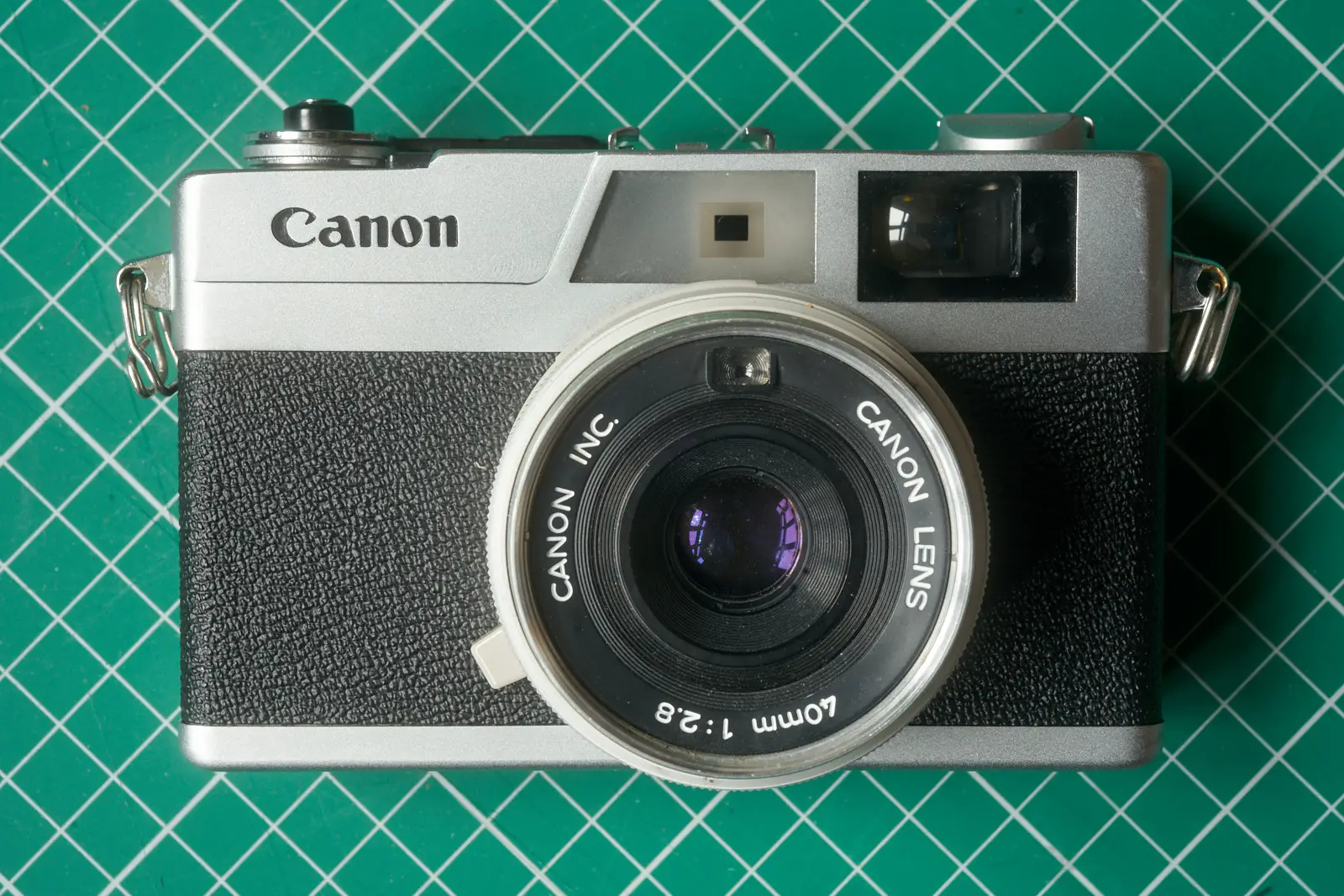








Comments
Shubroto Bhattacharjee on Canonet 28 Review – The modest Canon – By Bob Janes
Comment posted: 22/06/2021
And it even has an extra “readylight” contact in the flash shoe?
Cheers!
Shubroto
Comment posted: 22/06/2021
Tobias Eriksson on Canonet 28 Review – The modest Canon – By Bob Janes
Comment posted: 22/06/2021
The exposure and metering system works very well, and it works well at 1/30th without a battery. Also - an insider tip: I have bought lots of these for a pittance as 'defective' since the meter doesn't give a reading. In all but a couple of cases you just have to file away corrosion on the contacts, and/or bend them a bit for them to reach the battery. Don't give up on your Canonet!
Clive Shepherd on Canonet 28 Review – The modest Canon – By Bob Janes
Comment posted: 22/06/2021
Matt Killam on Canonet 28 Review – The modest Canon – By Bob Janes
Comment posted: 23/06/2021
I've used it quite a bit since as a travel camera, or the camera I grab on the way out the door for breakfast with friends. It's a suitable companion to a 120 camera in my travel kit - although there are plenty of competitors in that stable now. It has a definite spot in the rotation.
I had always thought it used 1/60s out of Auto mode. I've taken to using a Reveni Labs meter in the hot shoe set for that on shutter priority to meter shots where I wanted bokeh or were too dark for A mode. Those shots turned out lovely, but I am perfectly willing to concede that to the exposure latitude of the film I'd been using.
Comment posted: 23/06/2021
Kodachromeguy on Canonet 28 Review – The modest Canon – By Bob Janes
Comment posted: 24/06/2021
Jay Dann Walker in Melbourne on Canonet 28 Review – The modest Canon – By Bob Janes
Comment posted: 18/07/2021
I had to use one in Bali in 1985, when my Nikkormat broke down (I stupidly had left my backup FTN at home in Sydney) and I found myself camera-less during a magazine shoot of traditional dancing in Ubud - I was using Kodachrome and I had two or three days at most do photograph a rarely-done sequence of dances, not often performed, so it was shoot now or forever be damned. So I was in a real fix.
A local camera shop had only a used but 'as new' Canonet for sale, not cheap but affordable. I bought it, with two rolls of B&W film which I quickly shot in a variety of exposures and situations as tests. All were processed locally (by the same shop, in Kodak Dektol print developer!) and I was able to verify that this Dinky Toy amateur machine was working much as it should, which is to say the shutter opened when I pressed the button and the metering was if not quite spot-on, at least good enough for me to figure out how to play with it.
I did my shoots, went back to Australia, and had Kodak process my ten rolls of Kodachrome. Three days to wait, with my heart floating about just behind my tongue and all sorts of overthought-thoughts floating thru my bran, of being found out, poor results unusable by the client (a book publisher), being forever damned by the profession, and all that. As anyone who has done photography for pay will understand...
Back came the finished films, and all was fine. The client used a dozen of my Canonet-shots in a book and others were published over the next few years in magazines and even an encyclopedia. That Canonet had saved my skin.
I have never, ever to this day underestimated those early film point-and-shooters - in the right hands they are 90% as caable as the big pro Canons and Nikons of delivering the goods, though I would never dare compare the results with a Hasselblad or any of the big boys of the roll film league.
There are times when we have to make do with what we have to hand - and for me the humble (and often underrated) amateur league Canonet stands up there with the best of them.
Chris on Canonet 28 Review – The modest Canon – By Bob Janes
Comment posted: 12/09/2022
Comment posted: 12/09/2022
Comment posted: 12/09/2022
Comment posted: 12/09/2022
Kieran Moore on Canonet 28 Review – The modest Canon – By Bob Janes
Comment posted: 14/10/2023